- Primary colors of the spectrum
- How to get purple with cyan, blue or magenta
- How to get purple from pure blue and red
Create purple by mixing other colors of paint it is not always possible. When we were still at school, we were taught that in order to get purple, it is necessary to mix blue and red colors, although, despite the expectations, combinations of these colors usually bring a maroon or purple-gray dull shade.
In this article, you will learn the tricks with which you can get the perfect purple and purple hues.
Primary colors of the spectrum
Mixing blue and red paint to get a purple color should be remembered that:
- If you add more red, you get a crimson hue;
- If you add more blue paint, you can make purple, which will be more committed to a saturated lilac color;
- By mixing different combinations of pure colors, you can get a purple color of different shades;
- It is more correct to use red, but a cold shade. If you take a warm red, which is close to (orange), then in this case you get a brown color;
- It is necessary to avoid blue paint with a greenish tint.
How to get purple with cyan, blue or magenta
1. First you need to buy magenta. The main reason why mixing blue and red colors does not bring the necessary purple bright colors , is that blue and green color absorbs red paint, while blue paint absorbs both green and red.
This is explained by the fact that the eyes perceive color as a combination of blue, green and red (for this reason, 3 primary colors are distinguished), although there remains a little blue and red that the eyes can perceive, which is why the brain interprets a combination of colors, He considers this purple almost black.
If you look at it from the other side, absorbing exclusively the green color of the magenta allows our eyesight to see a significant portion of red and blue. If you mix it with a small amount of blue or cyan that absorbs only red light, your brain will receive a sensible signal from the nerve endings and a slightly weaker signal coming from the nerve endings that are sensitive to red. Thus, a person sees purple!
- Magenta is one of the main "subtractive" colors that are used in the work of printers and graphic design (along with cyan and yellow). You need to look for paint, which contains the pigment PV19 or PR122, but not PW (white) and not PB (blue).
- When buying art paint it can be compared with the magenta of printer ink. It is necessary to print the sample and take it to the store with you.
- It is known that magenta refers to the primary color and cannot be obtained by mixing other colors. If, for example, mix with yellow magenta, you get a whole series of orange and red hues. If the magenta is mixed in different proportions with cyan, then a lot of violet / blue shades will come out.
2. Next you need to mix the magenta with the turquoise or bright blue color that you have. Any blue color or cyan will do, but so that it is not greenish or muffled. First, add a little blue and add little by little before obtaining the desired shade of purple. Be extremely careful, do not get dirty, because the task is not easy.
How to get purple from pure blue and red
1. First, you need to determine if your blue and red colors are “clean”. The mixture of blue and red does not always give the desired shade due to the fact that the paint may consist of not one, but of different colors.
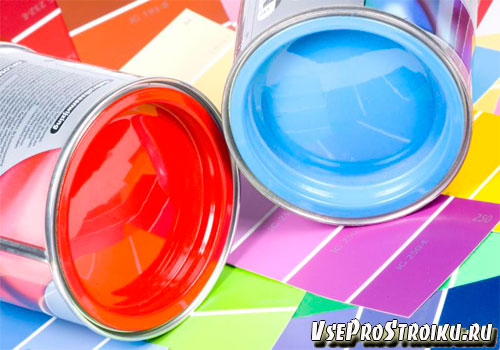
For example, a tube of red paint contains both yellow and orange pigments, and a tube of blue paint contains yellow and red. When blue and red are mixed, which do not belong to “pure”, you will end up with a dirty purple or brown color.
- It is necessary to pick up red paint, in which there are no yellow and orange shades, because when mixing these colors with blue, a brown color is created.
- We are looking for blue paint without green and yellow hue.
- When you are not sure that you have a clean paint, this should be checked. It is necessary to pour a little on the palette and add a little white, which helps to see the real composition of pigments. The red color should turn pink and the blue color will turn to blue.
2. Next you need to mix, pure red with blue. Equal the amount of blue and red paint, pour on the palette and use a brush to mix them well and get a purple rich tint.
- To create a purple color that will be very similar to purple, you must add an additional blue paint.
- If you add more red paint, then you will see a purple color with a pinkish warm tint.

- It is necessary to add white paint. It doesn't matter how you are: from blue and red or magenta, if there is a need, you can lighten it and make it brighter if you add white. First you need to add a small amount of paint, then stir it to obtain the desired shade. If you add the same amount of white to the purple paint, you get a pastel color.
- Add black paint. If you add black to purple, you can make the color deeper, namely rich dark purple. It is necessary to mix in small portions, so as not to get the color too dark, because then it will be rather difficult to return the original shade.
- Mixing white and black. This combination will give a lavender-grayish color, while the shade will depend only on you. Lavender color, it is possible to give a pinkish tint, for this you need to add red and magenta, or purple tint - by adding cyan or blue.
When mixing colors, you need to follow some rules:
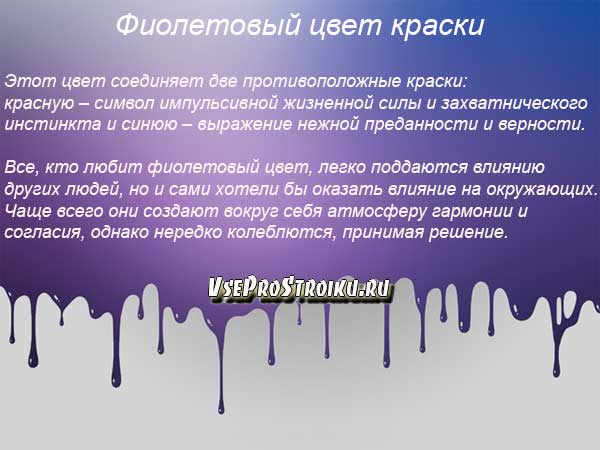
- If you need to scoop paint from the container, you should always use clean dishes or a small ladle, so as not to spoil the clean shade. Since then it cannot be used both in its pure form and for mixing, because an unpredictable result can be obtained;
- To obtain the desired color, experts advise to gently mix paint. This is due to the fact that there is always the possibility to add more paint, but it’s already impossible to remove it.
- Also remember that all colors should be thoroughly mixed until a uniform shade is formed; even components should not be left along the edge of the container. Otherwise, during the time, walls and other interior items or drawing you can accidentally hook on the edge of the container and thus put a dirty spot on the treated surface.
- And the last shade must be checked not only on the palette, but also on the surface on which it is planned to apply paint.
Many artists are faced with such a situation, when the tube with the desired paint ends, and it is inconvenient or simply lazy to go to the store. How to get out of this situation? It turns out that you can get the desired shade by mixing certain paints. One should only know what colors need to be mixed to get a purple or other missing shade. Many painters from school know that purple and many other colors are secondary, and you can get them by mixing the primary colors. In this case, red and blue.
A brush should be applied to the palette a little red paint. Having rinsed a brush, take as much blue and carefully mix colors. Also, every professional artist knows what colors should be mixed to get a purple lighter shade. For this is taken not red, but pink paint. After mixing on the palette, you can apply paint to the canvas, adjusting the color by adding one or another shade.
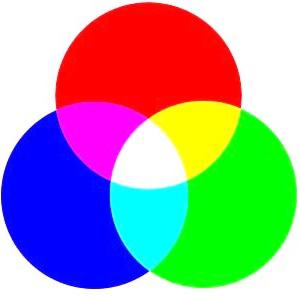
Are there other tips on what colors to blend to get purple? Indeed, you can do differently: you need to take a purple paint and mix it thoroughly with white. Do not forget to rinse the brush every time you change the color. By varying the amount of white paint, you can get the desired shade of varying degrees of intensity. It should be noted that violet gives any scale when mixed with red. Each artist in the stock always has a large selection of colors and shades, so try to mix cobalt red, blue (azure) ultramarine and phthalocyanine blue. It will turn out interesting more calm and muffled. You can also mix black paint with alizarin red. You will get a slightly dark purple gamut of pure and beautiful color.
When a child draws, he always asks which colors to mix in order to get purple shade or some other one, and he should definitely be helped in this. Maybe he will be a professional in the future and will draw his dad or mom. Small children always love to interfere with something, and let it be paints. Knowing which colors to mix to get a purple or other shade will help your child not only entertain himself with experiments, but also develop his aesthetic taste. Someday, perhaps, artists will consult with him when they draw pictures. After all, many of them are able to perfectly depict the contours, but they have difficulties with the selection of color.

The question of what colors should be mixed to get blue is usually asked by non-professionals, because real artists know that this gamma is basic and cannot be obtained in its pure form by mixing some shades. Many believe that you can mix yellow and green to get blue, but this is not true. A mixture of these two colors will give not blue, but a light green hue. But if you try to take a lot of blue and a little purple, then you can enjoy a beautiful bluish tinge in your drawing.
In childhood we loved to experiment, creating in the process of drawing original images, painting them in unusual colors, which we did not have in the palette. At the same time, many did not think about the fact that a combination of colors produced one or another shade. In fact, there are a lot of options, the main thing is to know which tones should be mixed in order to achieve the desired result. Let's find out how to get a purple color when mixing paints.
Even if we assume that to get purple, we need red and blue tones , then, mixing them, we will not achieve the desired result. The result is dirty grey colour which in some cases resembles purple, and in others - red.
All this is due to the fact that the red color prevails over the blue, so it appears when mixed to a greater extent. If red or green is added to blue paint, then blue will dominate. As a result, the desired shade of purple is not obtained.
What to do in such a situation, using what mix to achieve the desired color?
Tip: before mixing process, make sure that the paint does not have additional color additives - it should be clean, without foreign impurities. If you got a purple tone with gray tint as previously indicated, the reason lies in poor-quality paints, even if they look clean.
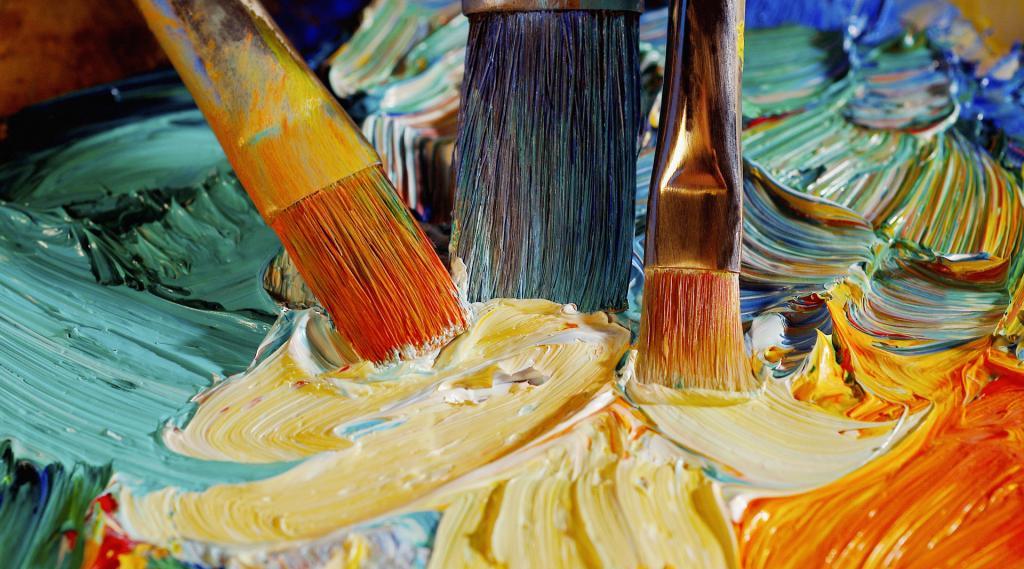
To determine whether you use high-quality paint or not, we recommend to use whitewash. On a sheet of white paper, apply a drop of red and blue ink separately. From above, add a drop of white. If red became red and blue turned turquoise, then the paint is of poor quality, since pink and blue should be derived from red and blue.
Do not be afraid to experiment, because sometimes even with a combination of standard and primitive colors you can achieve an incredible shade. For example, you can get a beautiful purple tone thanks to the yellow, brown, red and blue colors . You can replace brown with black. The main thing is to maintain the correct proportion.
Combining various options shades of the original tones, we can get a purple color of varying saturation. It should be noted that the red should have more cold shade , because warm color looks more like orange, so as a result, brown may come out.
A large amount of blue paint will allow you to get a darker purple hue, close to lilac.
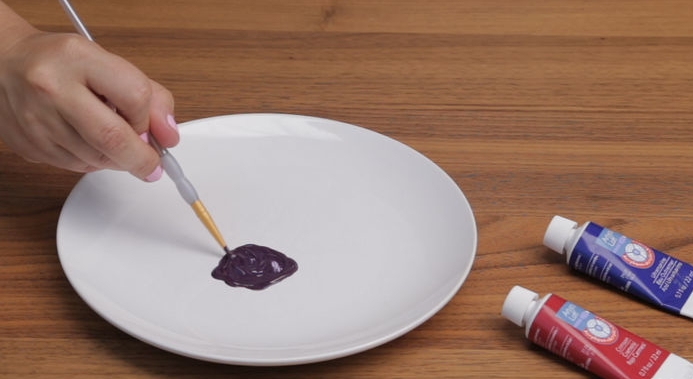
This is not the only option with which you can get a really beautiful purple color. Alternatively, to achieve the result, you can mix blue, crimson and turquoise colors , etc.
How to get out of this situation?Are there other tips on what colors to blend to get purple?
What to do in such a situation, using what mix to achieve the desired color?
